Figures & data
Figure 1. The scope of transparency, interpretability, and explainability.
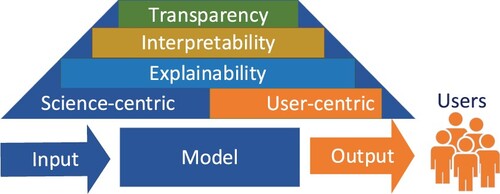
Figure 2. The initial decision tree.
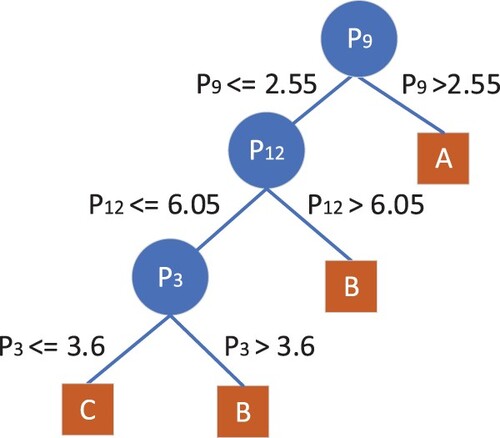
Table 1. The data set used to demonstrate the XRule algorithm.
Figure 3. Illustration of the process of deriving the XRule, IF ‘One_Condition’ THEN Decision = A.
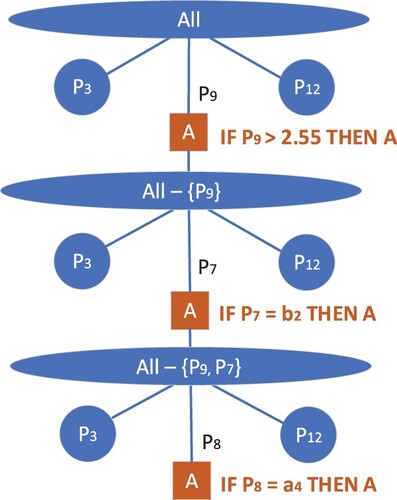
Figure 4. Illustration of the process of deriving the XRule, IF ‘One_Parameter’ THEN Decision = B.
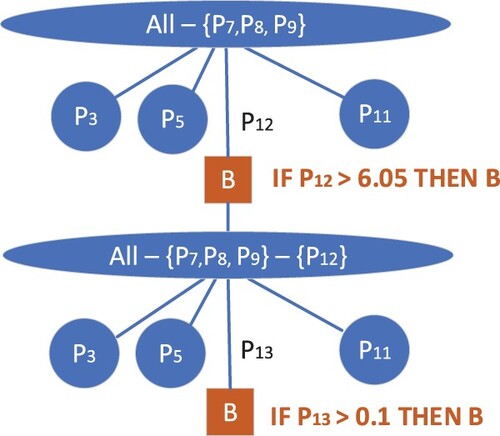
Figure 5. Illustration of the process of deriving the XRule, IF ‘One_Parameter’ THEN Decision = C.
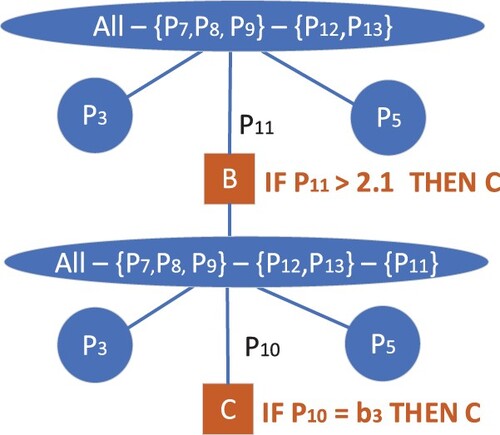
Figure 6. The concept of fXAI based on the XRule algorithm.
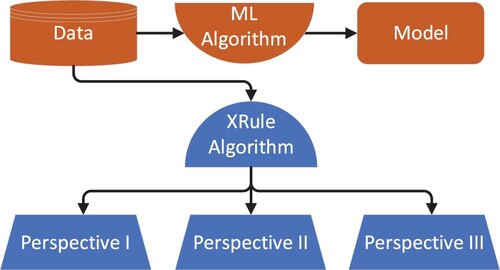
Figure 7. The XRules generated from the data set in Table in a federated mode.
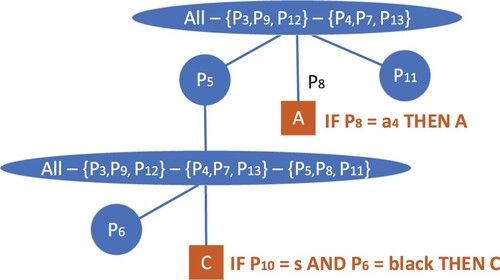
Data availability statement
Data sharing is not applicable to this article as all data is included in the manuscript.
